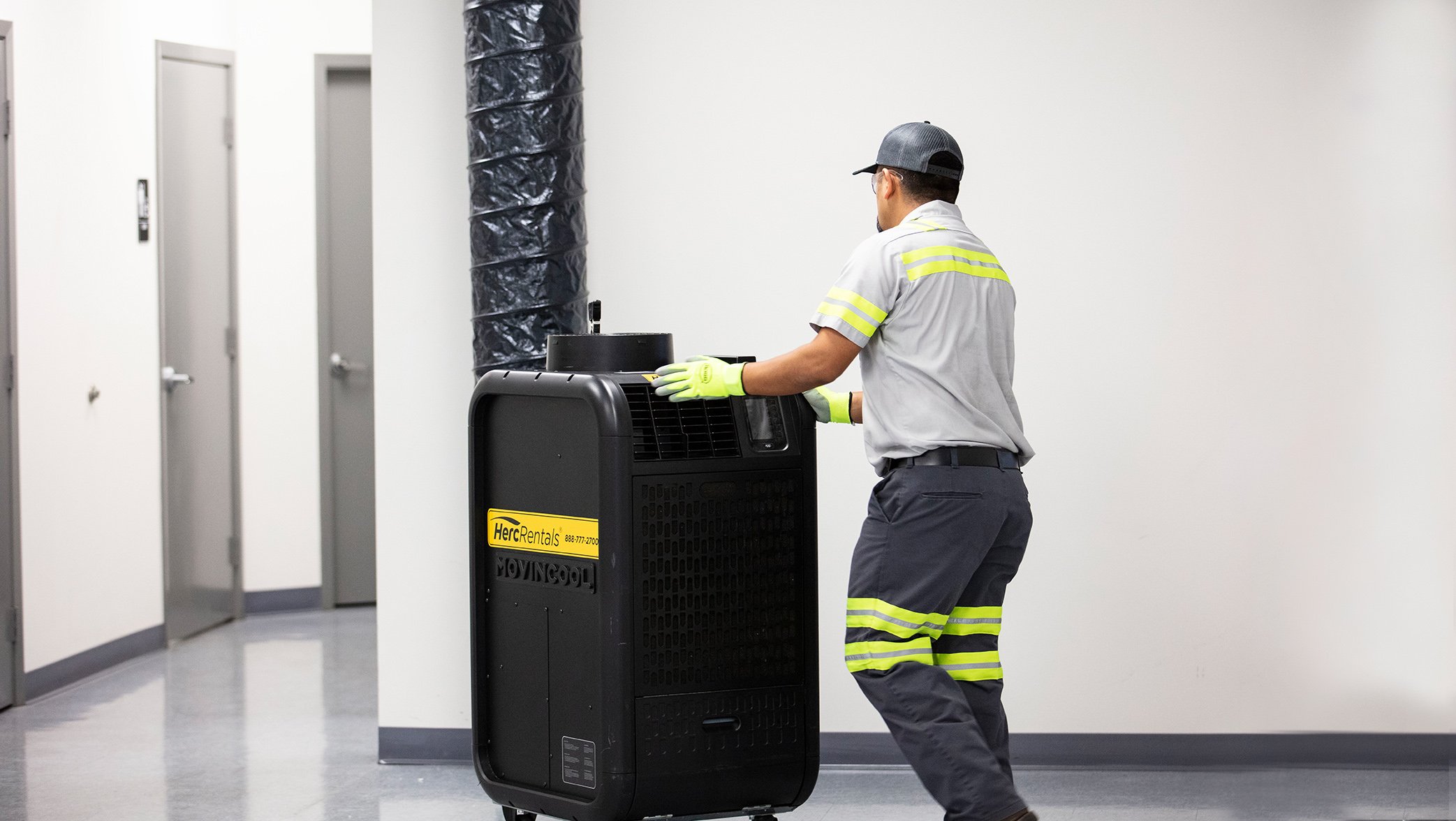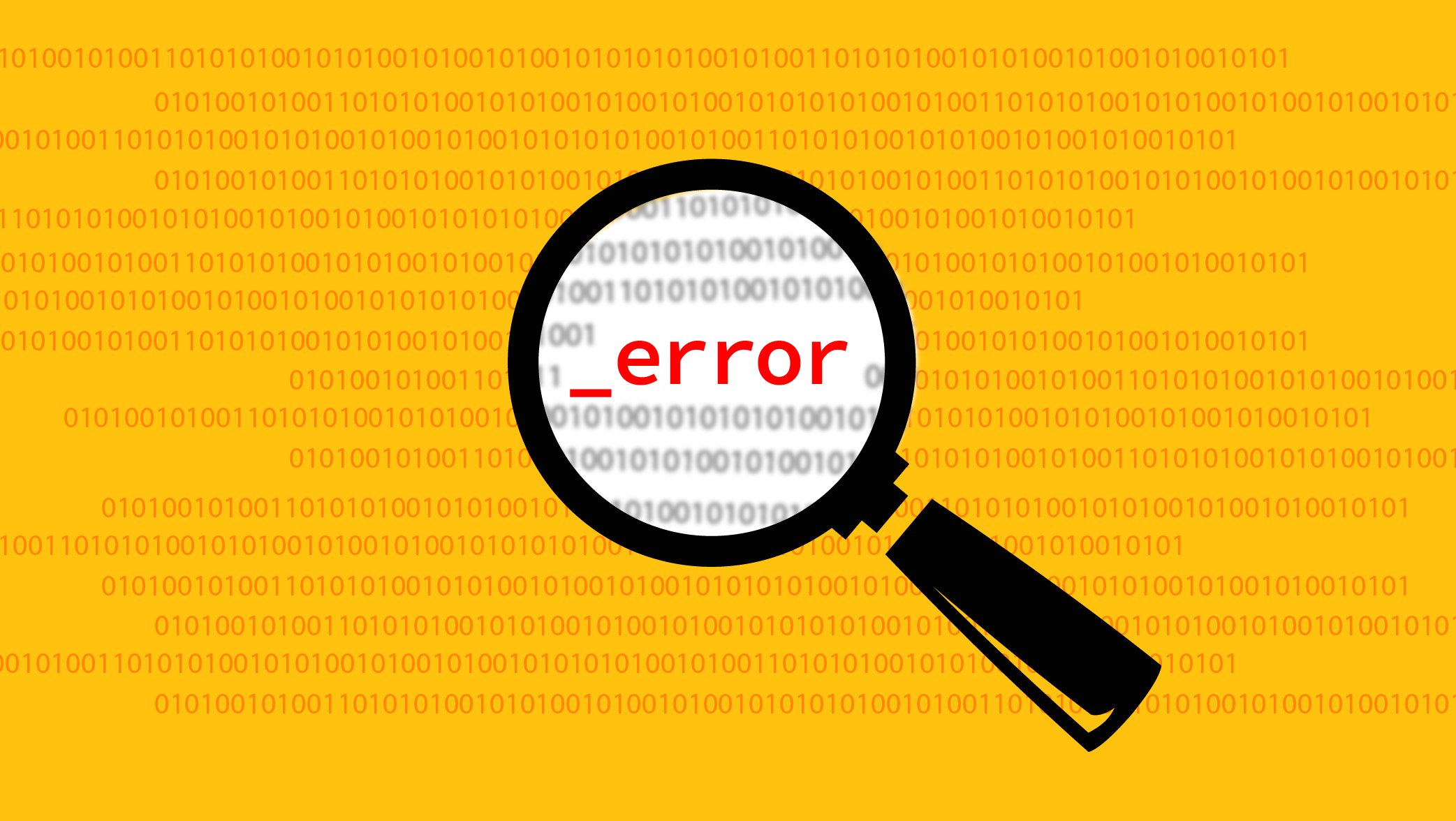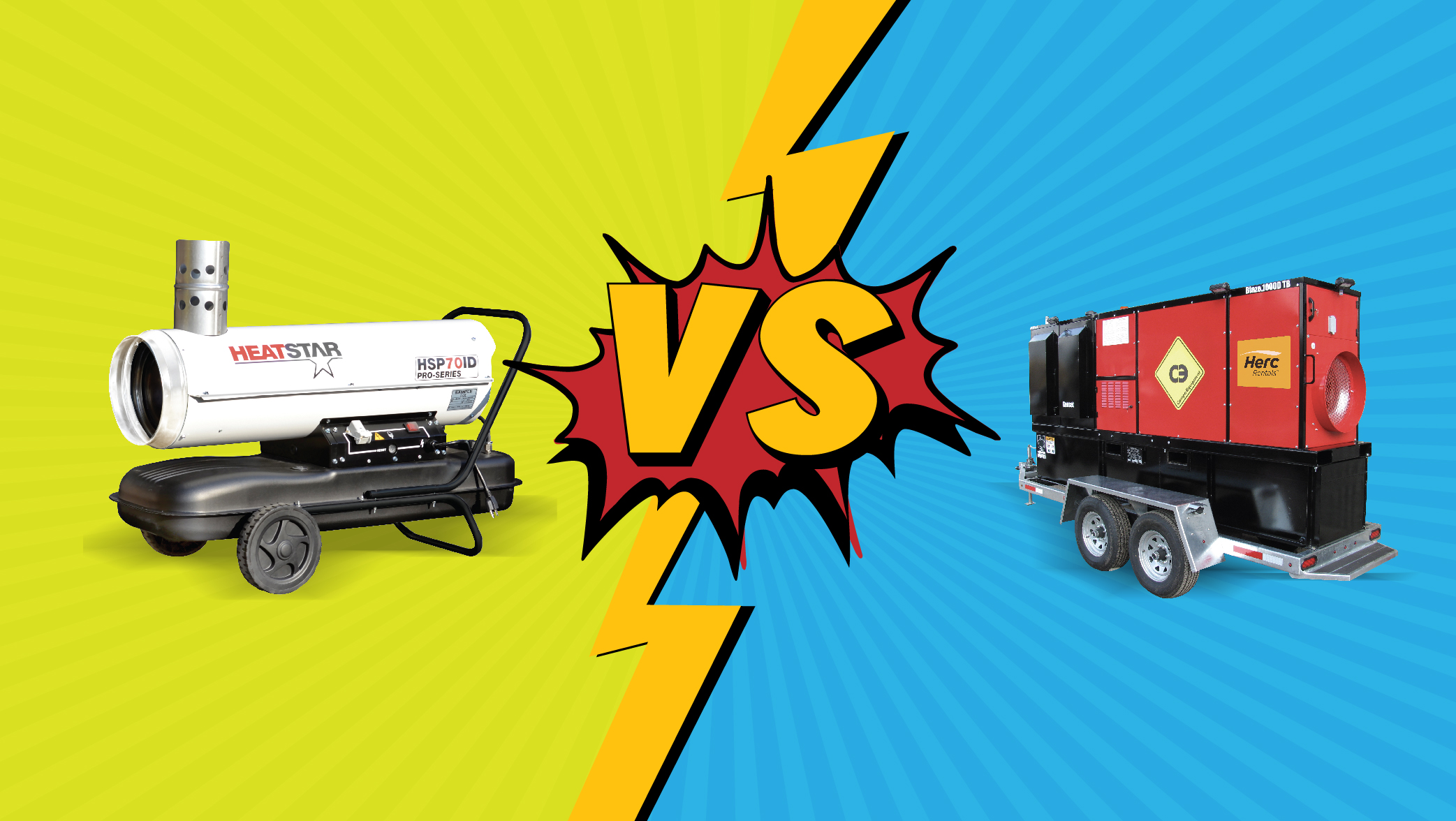Portable light towers improve job site safety, while Herc Rentals’ ProControl NextGen gives you the power to turn lights on and off remotely
Construction crews, contractors, and property managers need light to work safely.
With summer in the rearview and winter ahead, the number of daylight hours will continue to dwindle until the shortest day of the year arrives on Dec. 21. Between now and then, we will mark the end of daylight-saving time on Sunday, Nov. 6.
Statistics show shorter days and, for several weeks following the end of daylight-saving time, we will all face an increase in safety incidents.
Paul Fischbeck, a professor of engineering and public policy, social and decision sciences at Carnegie Mellon University, and David Gerard, an associate professor of economics at Lawrence University, conducted a preliminary study of seven years of federal traffic fatalities and calculated risk per mile walked for pedestrians. They found that per-mile risk jumps 186 percent from October to November, then drops 21 percent in December (Associated Press 2015).
The National Road Safety Foundation (NRSF) also conducted similar studies, proving that vehicle crashes increase after the clocks fall back an hour.
Besides the lack of visibility, the NRSF notes that commuting in the dark can also make drivers drowsier than usual. According to some health studies, changes in waking time coupled with the earlier onset of darkness throws off our internal clocks. This increases driving risks, primarily because in our 24/7 society, we have a fundamental problem of already being sleep-deprived. The end of daylight-saving time can leave many fatigued, which can pose safety risks both at home and in the workplace. When switching back to standard time, studies suggest it takes people who work traditional hours several days to readjust their sleep schedule fully.
According to a study published by the Journal of Applied Psychology, losing just an hour of sleep could pose dangerous consequences for those in hazardous work environments. Using U.S. Department of Labor and Mine Safety and Health Administration injury data, the study found that compared with other days, more injuries happened on the Monday after daylight saving time went into effect, and the injuries were more severe. The daylight-saving time switch resulted in U.S. workers getting 40 minutes less sleep, a 5.7 percent increase in workplace injuries, and nearly 68 percent more workdays lost to injuries.
Thankfully, there are things you and your employers can do to prevent a roadway crash or a work site mishap.
WHAT YOU CAN DO
- Starting about three days before the time change, the American Academy of Sleep Medicine recommends you gradually move your waking time, bedtime, meals, exercise, and exposure to light back by 15-20 minutes each day until they are in line with the time change shift. About one hour after awakening in the morning, keep the lights dim and avoid electronic lit screens on computers and tablets. This will help your body move to a later time and prepare it to wake up at the right time in the morning and be ready for sleep at night. (Do the opposite in the spring when daylight saving time ends).
- Get enough sleep and be well-rested several days before the time change. Being sleep deprived before the time change increases health and safety risks.
- Be aware of your commute. One day you’re driving home in daylight, and the next could be in complete darkness. Change your driving habits and be mindful of construction crews and other drivers. Remember, they’re also dealing with the time change and may not be as mentally and physically sharp as they were a week ago.
WHAT EMPLOYERS CAN DO
- Remind team members in advance of the time change — and several days after — about an increase of health and safety risks due to disturbances to circadian rhythms and sleep.
- It can take up to a week for the body to adjust sleep times, so consider reducing demanding physical and mental tasks as much as possible.
- Remind workers to be especially vigilant at work whether they’re driving, working with equipment or performing routine tasks.
- Provide tools and equipment beyond PPE that can help keep team members safe on the job.
Equipment employers may to consider includes towable generators to power equipment, electronic message boards to alert drivers of construction crews or construction in the area, and towable lighting in construction zones and on job sites. At a premier equipment rental company like Herc Rentals, contractors or employers can choose from a wide range of portable light towers. These towers include:
- Engine driven LED light towers
- Electric LED light towers
- Solar LED light towers
- Metal halide towable light towers
In each of the categories of towable light towers, you’ll find masts with varying heights, wattages, and run times. Some light towers allow for daisy-chaining to one power source, while others allow for more than three dozen towers to be transported to your job site on one 48-foot truck.
Additionally, the engine driven vertical mast skid mounted LED light tower cube and the engine driven vertical mast towable LED light towers utilize the latest remote control technologies, ProControl NextGen, to provide you or a designated team member to turn the lights on or off whether you’re on the job site or miles away. With ProControl NextGen, all you need to do is log on to a computer or smart device, and you’ll have the power to create daily, weekly, or monthly lighting schedules for one or multiple job sites.
To learn more about available light towers and other lighting equipment, click HERE.


